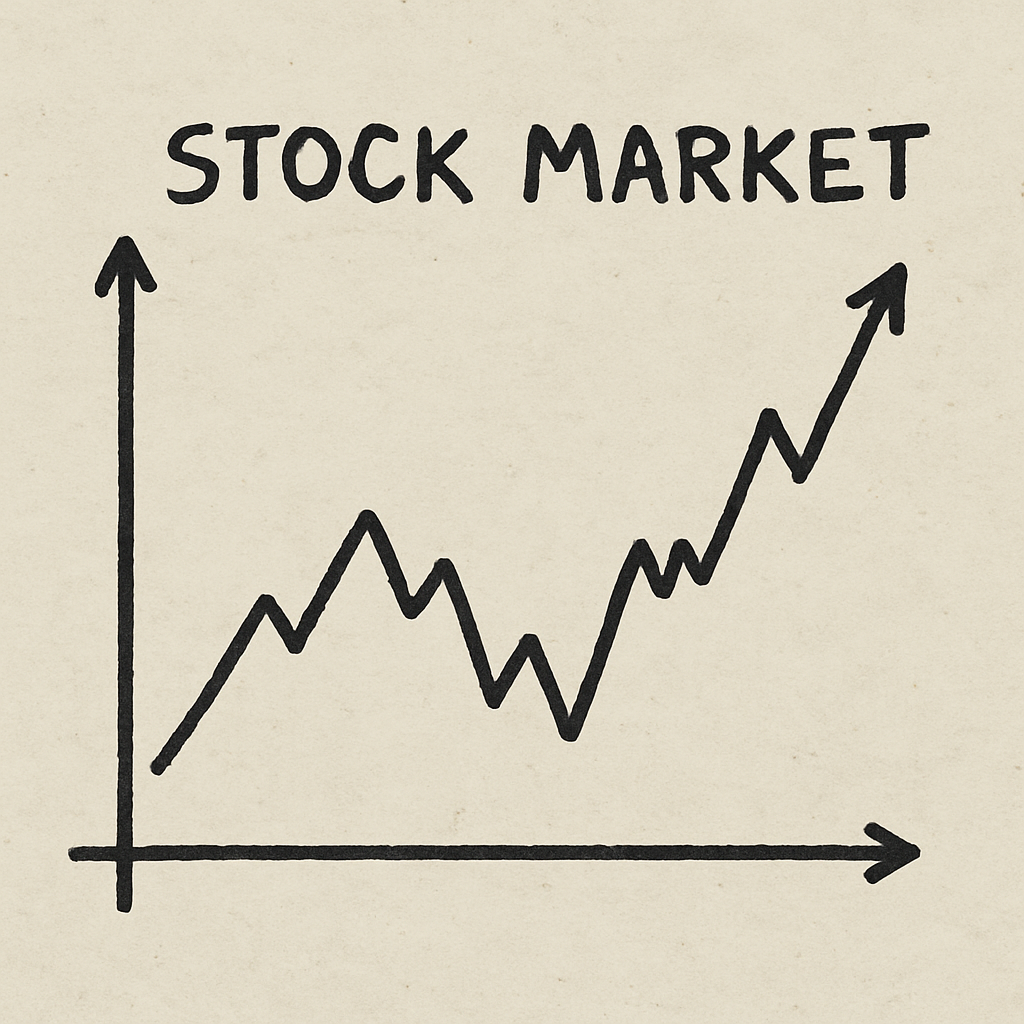Investing in the stock market doesn’t always require a large sum of money. In fact, there are numerous inexpensive stocks available that offer potential growth without breaking the bank. This guide will help you navigate the world of cheap stocks, including penny stocks, and provide insight into the best inexpensive stocks to buy today. By understanding how these stocks operate and the opportunities they present, you can make informed decisions that align with your financial goals and risk tolerance.

Moreover, the lower price point of cheap stocks allows investors to purchase larger quantities of shares, potentially magnifying gains if the stock performs well. However, this same characteristic can also amplify losses, making it crucial to approach these investments with a strategic mindset. Understanding the dynamics of cheap stocks, including market trends and company fundamentals, is key to minimizing risks and maximizing returns.
What Are Penny Stocks?
Penny stocks are shares of small public companies that trade at low prices. They are often found on over-the-counter (OTC) exchanges rather than major stock exchanges like the NYSE or NASDAQ. Penny stocks are appealing to investors because they can potentially yield high returns if the company grows or is acquired. However, they also carry a reputation for being speculative investments, often lacking the transparency and regulatory oversight of more established stocks.
Investors interested in penny stocks should be prepared to conduct thorough research, as these stocks can be subject to high volatility and liquidity issues. The allure of getting in on the ground floor of a company that could experience significant growth is balanced by the possibility of investing in a company that may struggle to succeed. Therefore, understanding the business model, industry context, and management team of a penny stock is essential for making informed investment decisions.
Why Invest in Cheap Stocks?
Investing in cheap stocks can be a strategic move for those looking to diversify their portfolio without a large initial investment. They offer the potential for high returns, especially if you can identify stocks with strong growth potential or those that are undervalued. For many investors, the appeal lies in the opportunity to uncover a hidden gem, a company poised for success that has yet to be recognized by the broader market.
Furthermore, cheap stocks can serve as a valuable learning experience for novice investors. By engaging with these stocks, investors can develop skills in market analysis, risk assessment, and portfolio management. Additionally, the lower cost of entry allows investors to experiment with different strategies and sectors, gaining insight into which investment approaches align best with their financial goals.
Best Inexpensive Stocks to Buy

1. Top Penny Stocks to Watch
- Penny Stock A: Known for its innovative approach in the tech industry, this stock has shown consistent growth in recent quarters. The company’s focus on cutting-edge technologies positions it well within a rapidly evolving sector, offering investors a chance to tap into technological advancements that could drive future growth.
- Penny Stock B: A healthcare company making strides in affordable medical solutions. It’s a stock to watch as healthcare remains a top priority globally. With an aging population and increasing demand for cost-effective healthcare, this company is well-positioned to capitalize on market needs, potentially leading to significant returns for investors.
2. Stocks Under $5
- Stock C: Operating in the renewable energy sector, this stock is under $5 and is positioned to benefit from increased demand for sustainable solutions. The global shift towards green energy sources provides a fertile ground for growth, as governments and corporations alike invest in sustainable practices.
- Stock D: A promising biotech company with potential breakthroughs in its pipeline. Innovations in biotechnology continue to revolutionize healthcare, and companies with promising research and development efforts can offer substantial returns, especially when they achieve regulatory approvals or successful product launches.
3. Stocks Under 10 Cents
- Penny Stock E: Although highly speculative, this stock in the digital media space has caught the eye of many investors for its potential to disrupt traditional media channels. As digital platforms continue to grow and capture market share from traditional media, companies that innovate within this space can experience exponential growth, albeit with accompanying risks.
How to Identify Good Penny Stocks
Investing in penny stocks requires careful analysis and a keen eye for detail. Here are a few tips to help you identify promising penny stocks. By employing a systematic approach to analysis, investors can mitigate risks and increase their chances of finding lucrative opportunities.
1. Analyze Financial Statements
Review the company’s financial statements to understand its revenue, profit margins, and cash flow. Companies with strong financials are more likely to withstand market volatility. Scrutinizing balance sheets and income statements provides insights into a company’s operational efficiency and financial health, crucial factors in assessing its long-term viability.
Furthermore, examining financial ratios such as the debt-to-equity ratio and current ratio can reveal potential red flags or confirm the company’s stability. A comprehensive financial analysis helps investors discern between companies poised for growth and those that may struggle to sustain their operations.
2. Research Industry Trends
Stay informed about industry trends and market conditions. For example, tech and renewable energy sectors are currently experiencing growth, so stocks in these industries might offer more potential. Understanding macroeconomic factors and industry-specific drivers enables investors to anticipate shifts in demand and identify sectors poised for expansion.
By keeping abreast of technological advancements, regulatory changes, and consumer behavior patterns, investors can position themselves strategically within industries that offer promising growth trajectories. This proactive approach helps in selecting stocks that align with broader market trends and investor objectives.
3. Use a Penny Stock Screener
A penny stock screener can help you filter stocks based on criteria such as price, volume, and market cap. This tool is invaluable for finding stocks that meet your specific investment needs. By leveraging technology, investors can efficiently sift through vast numbers of stocks to identify those that meet their investment criteria.
Screeners can also assist in monitoring stock performance and setting up alerts for price changes or significant volume shifts. This real-time data empowers investors to make timely decisions, optimizing their investment strategies and responses to market developments.
Risks and Rewards of Investing in Cheap Stocks

Investing in cheap stocks carries both significant risks and attractive rewards. Understanding these aspects is crucial for making informed investment decisions and managing expectations.
Risks
- Volatility: Cheap stocks are known for their price swings, which can lead to significant gains or losses. Investors must be prepared for abrupt changes in stock value, which can be triggered by market sentiment, company news, or broader economic conditions.
- Liquidity: Penny stocks often have lower trading volumes, which can make it difficult to buy or sell shares without affecting the stock price. This illiquidity can complicate exit strategies, potentially locking investors into positions longer than intended.
- Fraud: The lack of regulation in penny stocks can sometimes lead to fraudulent schemes or pump-and-dump scams. Due diligence is essential to avoid falling prey to such schemes, which can result in substantial financial losses.
Rewards
- High Returns: The potential for high returns makes penny stocks appealing, especially if you invest in a company before it becomes popular. Successful investments in undervalued or emerging companies can lead to exponential gains, rewarding those who take calculated risks.
- Diversification: Investing in cheap stocks allows you to diversify your portfolio with minimal capital, spreading risk across different industries and companies. This diversification can reduce overall portfolio risk, as gains in one area may offset losses in another, contributing to a more resilient investment strategy.
Tips for Investing in Cheap Stocks
Investing in cheap stocks requires a disciplined approach and strategic planning. Here are some tips to help guide your investment journey.
1. Start Small
Begin with a small investment to minimize risk while you learn the market dynamics of penny stocks. This cautious approach allows you to gain experience and confidence in navigating volatile markets without exposing yourself to excessive risk.
Starting small also provides the flexibility to adjust your investment strategy as you gain insights and identify more promising opportunities. As your understanding of the market deepens, you can gradually increase your investment size, aligning with your risk tolerance and financial goals.
2. Set a Budget
Decide how much you are willing to invest and stick to your budget. Avoid investing money you cannot afford to lose. Establishing a clear budget helps prevent emotional decision-making and ensures that your investment activities align with your broader financial plan.
A disciplined budgeting approach also enables you to manage risk effectively, ensuring that your investments remain within comfortable and sustainable limits. By maintaining financial discipline, you can focus on long-term growth rather than short-term fluctuations.
3. Keep an Eye on News and Trends
Stay updated with the latest news and trends in the sectors you are investing in. This will help you make informed decisions and spot opportunities. Regularly following industry publications, financial news, and company announcements provides valuable insights into market developments.
By staying informed, you can anticipate changes that may impact your investments, allowing you to act swiftly to capitalize on opportunities or mitigate potential losses. Knowledge is a powerful tool in navigating the complexities of cheap stock investments.
4. Be Patient
Patience is key when investing in cheap stocks. It might take time for your investments to yield significant returns, so be prepared for the long haul. Understanding that market cycles and company growth trajectories often unfold over extended periods is essential for maintaining perspective and avoiding impulsive decisions.
By adopting a patient mindset, you allow your investments the time needed to mature and potentially realize their full value. This long-term approach aligns with the inherent volatility and speculative nature of cheap stocks, enhancing your chances of achieving favorable outcomes.
Conclusion
Investing in cheap stocks can be a rewarding endeavor if approached with caution and due diligence. While the risks are higher compared to traditional stocks, the potential rewards can be substantial. By researching thoroughly, using tools like penny stock screeners, and staying informed about market trends, you can make smart investments in the world of affordable stocks. Remember, always invest wisely and never beyond your means. Happy investing! Cultivating a disciplined and informed approach to investing in cheap stocks can lead to fruitful outcomes, empowering you to grow your financial portfolio while navigating the unique challenges and opportunities presented by these investments.



